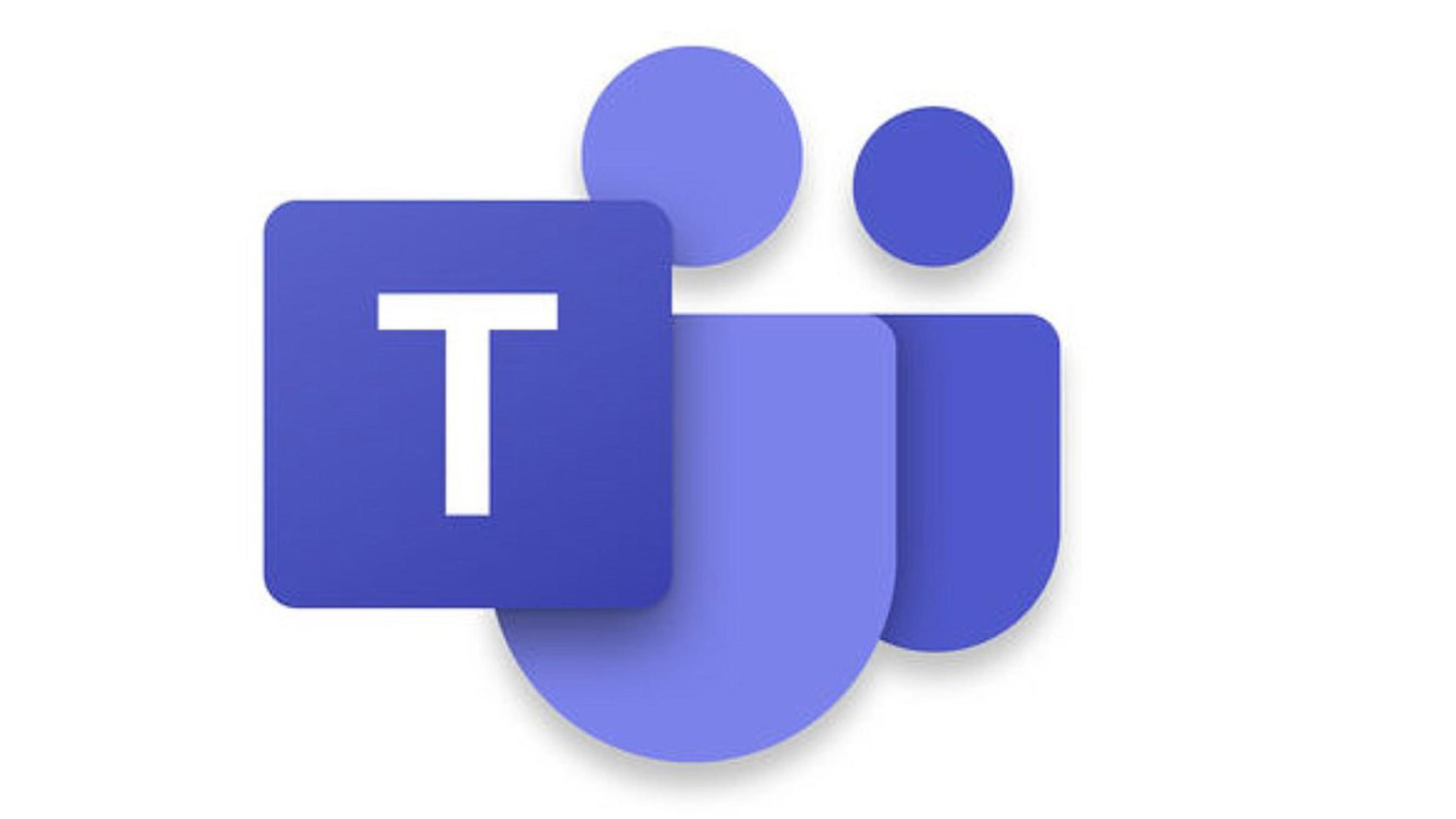
Are you an MSP or Service Provider looking to expand your business? Have you considered partnering with a provider of WebRTC services, but don’t know the ins and outs of the technology well enough to think you can make a proper pitch for it? Well, stay right here as we enlighten you on the features and benefits of the technology that is rapidly gaining momentum as a communications option for businesses.
Why is WebRTC (real-time communications) trending upward, making it a potential money-maker for you? To answer that, you first need to know what it is and what it does for users. In a nutshell, WebRTC is a standard developed by the World Wide Web Consortium that allows open standard browsers to communicate with each other and exchange audio, video and files using a simple Javascript-based API.
It has been adopted by Google Chrome, Mozilla Firefox and Opera, with Apple projected to support it on Safari soon. Microsoft has released its own version for Internet Explorer, but it has yet to make an impact. The technology is projected to be supported on more than 6 billion devices by 2019, an increase from approximately 2 billion devices in 2015.
Without WebRTC, users who want to videoconference have to dial in or start a computer program, even operate a camera—and then just hope for system compatibility or some sort of bridge-linking technology. With WebRTC, the players use their browsers to go to an agreed upon website at a specified time and start communicating. It’s that simple. Here are more important WebRTC selling points:
- Increased productivity: Users can access the WebRTC-enabled service over any network—public or private, Wi-Fi, mobile broadband or wired LAN, accelerating communications and collaboration. This is especially relevant for BYOD users.
- Improved customer service: Real-time communications improve customer exchanges. Visibility into Web page data, for instance, can keep customers from having to repeat their concerns as they are routed to agents.
- Easy integration with UC: The open standard allows users to embed real-time multimedia communications capabilities directly into a Web browser.
- Reduced costs: Costs are contained by efficiently extending enterprise communications systems to any browser-enabled device, such as smartphone, tablet or PC, thereby eliminating proprietary UC client expense and support burdens. Also, reduce international mobile roaming and calling fees with Wi-Fi calling.
- Decreased complexity: WebRTC eliminates the need for special-purpose, OS-specific client software and onerous plug-ins and downloads by bringing real-time communications directly to the browser.
If you would like more information on becoming a BVoIP partner please visit our partner page here.























